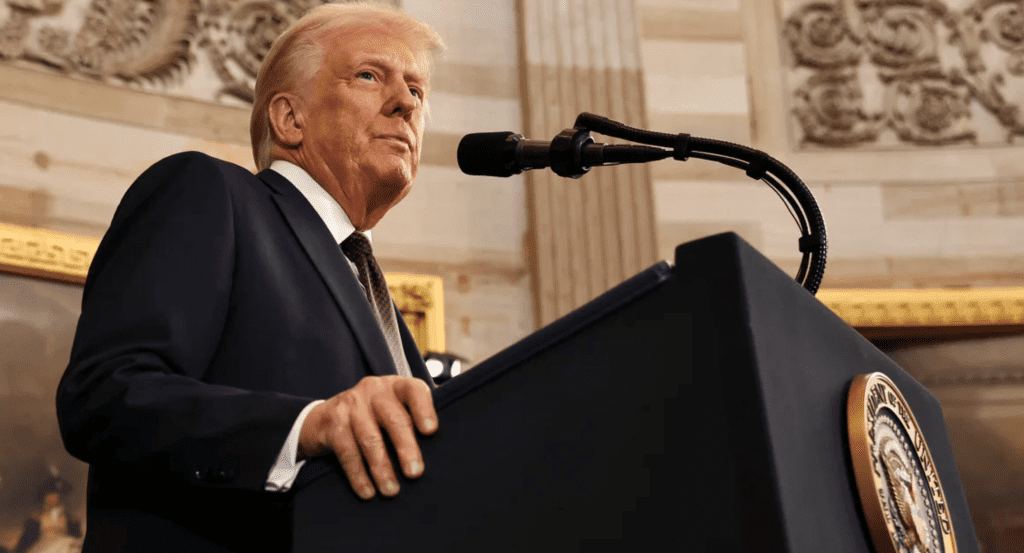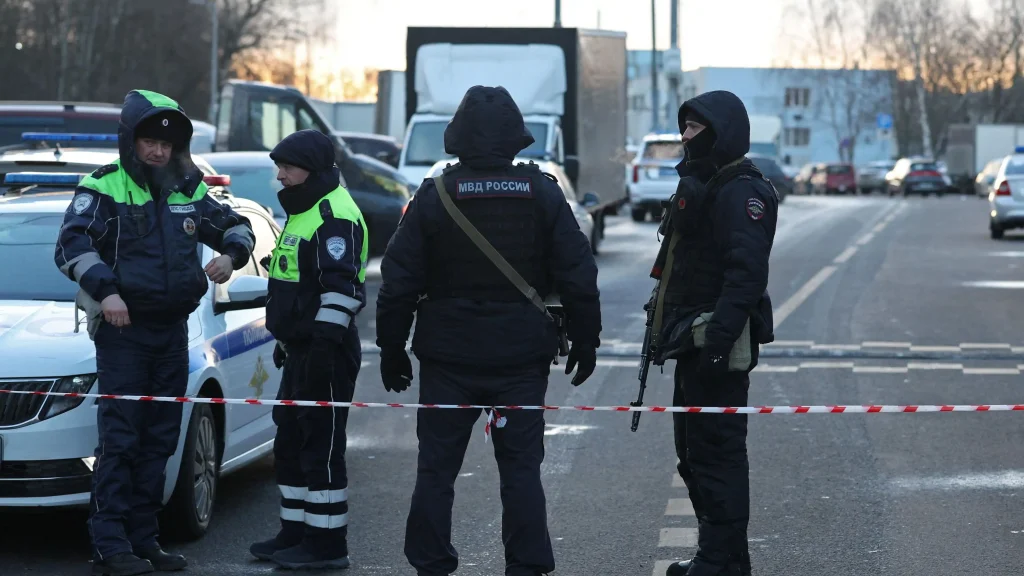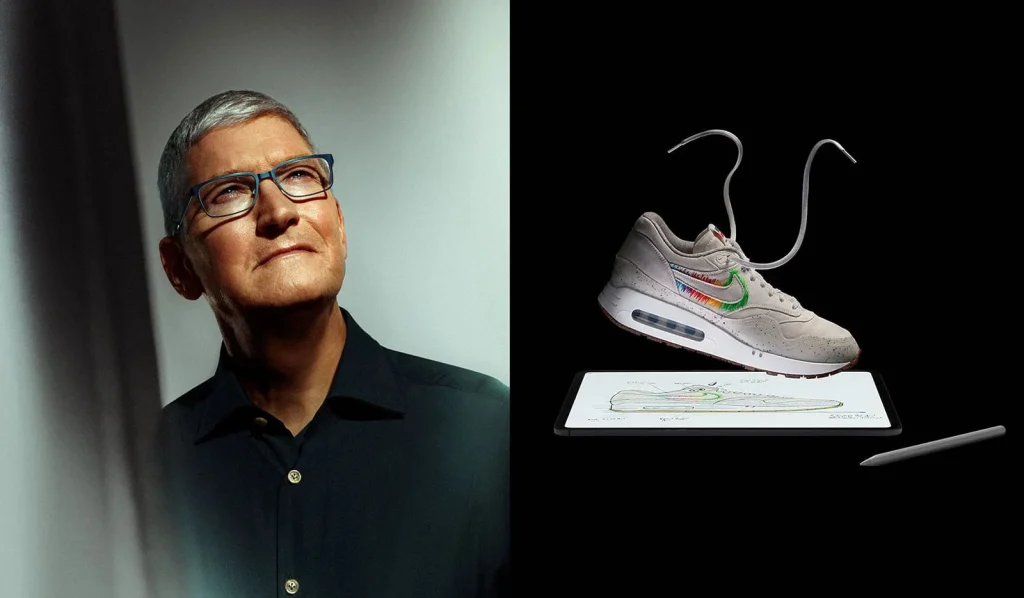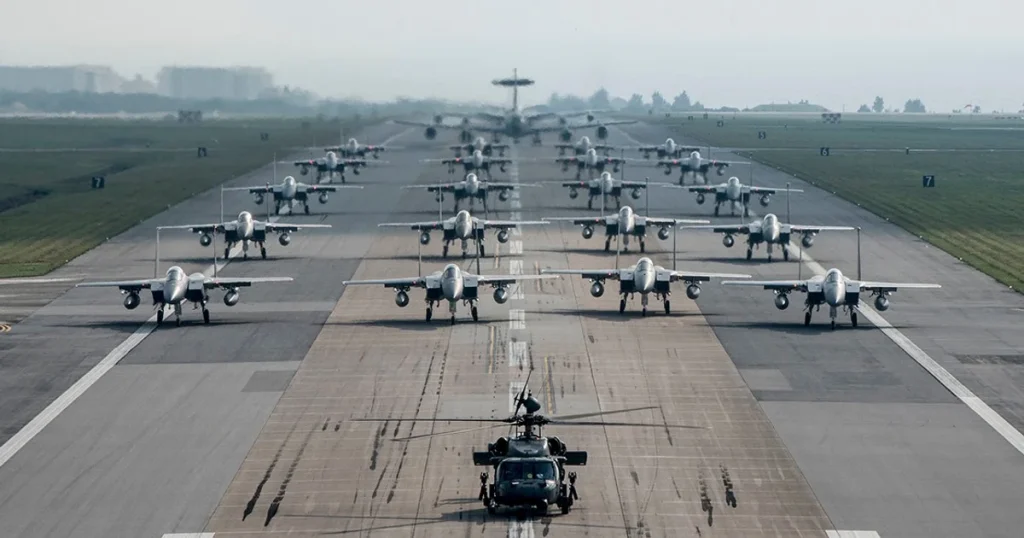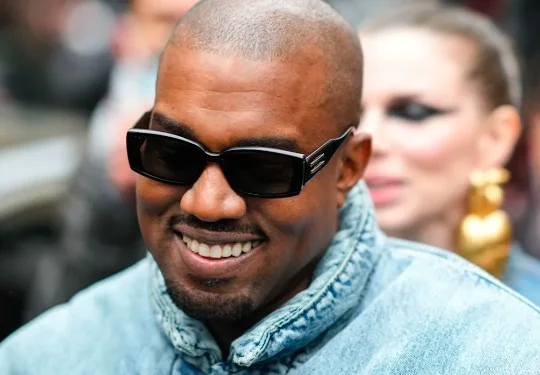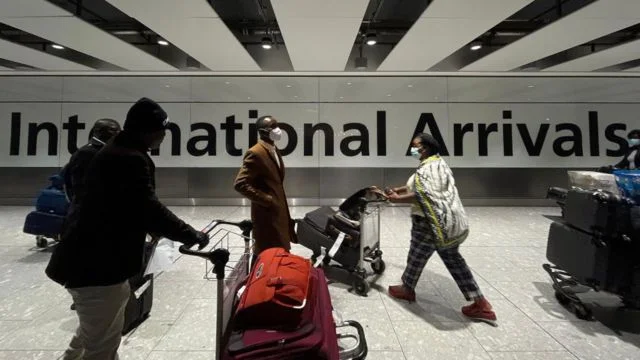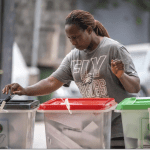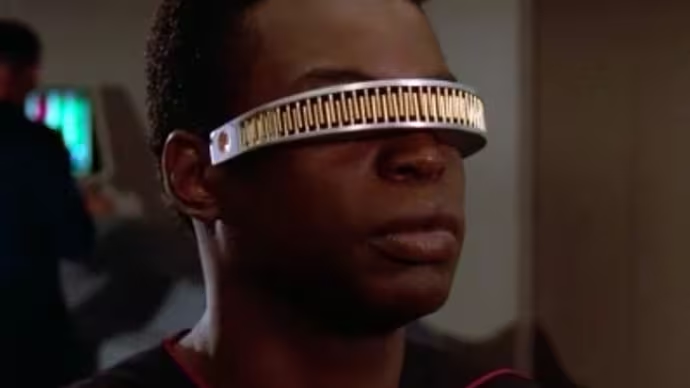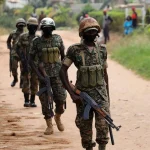Donald Trump was inaugurated as the President of the United States on January 20, 2025, marking a historic return to the White House. The event featured a carefully curated schedule of activities, attended by a mix of political allies, supporters, and global dignitaries.
The inauguration ceremony, held at the U.S. Capitol in Washington, D.C., began with the customary swearing-in presided over by the Chief Justice of the Supreme Court. Following his oath of office, Trump delivered a speech emphasizing national unity, economic growth, and a renewed focus on “America First” policies.
The day’s activities commenced with a prayer breakfast featuring interfaith leaders, followed by the inauguration ceremony itself. Trump’s address included key promises on job creation, border security, and military strengthening. He also extended a call for bipartisan cooperation, despite the deep political divisions marking his return to office.
The inauguration parade showcased representatives from all 50 states, culminating in a series of celebratory balls attended by high-profile figures. The event highlighted Trump’s political resilience and his continued support among his base.
The ceremony drew a wide array of attendees, including former administration officials, international diplomats, and business leaders. Key allies such as Senator Josh Hawley and Representative Marjorie Taylor Greene were prominently featured, while notable absences included several Democratic lawmakers who opted to skip the event in protest.
Former presidents Barack Obama and Bill Clinton were also absent, a decision attributed to ongoing partisan tensions. However, Trump was joined by his immediate family, who played pivotal roles in his campaign and administration.
Trump’s speech included several claims regarding the state of the economy and his administration’s achievements. Fact-checkers have flagged some of these statements, noting discrepancies in his assertions about job creation and economic recovery during his previous term. Critics also pointed to his handling of foreign relations, challenging his characterization of past successes.
The inauguration underscored the polarized nature of American politics. While Trump supporters celebrated his return as a victory for conservative ideals, opponents expressed concerns over the implications for democracy and governance. Protests were reported in several major cities, reflecting the divided sentiment surrounding his presidency.
As Trump begins his second term, his administration faces significant challenges in bridging political divides and addressing pressing domestic and international issues.

